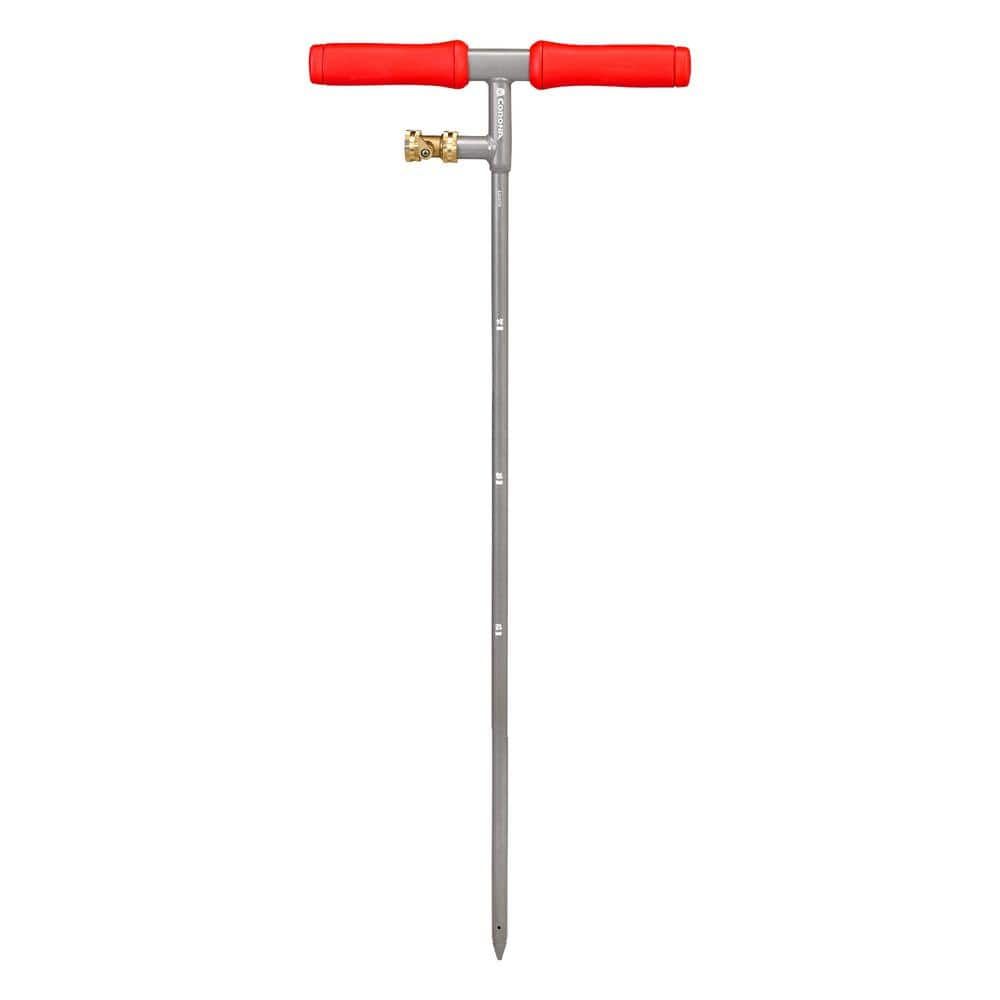SeanKroll
Treehouser

Corona MAX 36 in. Root Irrigator LG13715 - The Home Depot
This impressive Corona MAX Root Irrigator provides water or fertilizer direct to the roots for healthy growth. Eliminates water runoff and evaporation.
www.homedepot.com
$25
I just ordered 6 to start.
I'm going to give them out upon completion of decent-sized projects and to established customers. Maybe get a company sticker made for them. Long-game.
I bet half of my customers will offer to pay me for them, but I don't care, either way.
When I go for my initial visits to new customers, or more frequently to see what my existing customers need this time around, I will offer to give their trees a drink during drought, particularly less drought- tolerant species, more drought-challenged areas (e.g. near asphalt or black gravel road/ driveways, reflected heat off s/ sw exposures of buildings) and more important trees.
What depth would you all suggest?
I'm thinking 6-9" below grade.
I suggest using them with a water timer (set and forget), or while working in their yard with a timer on their phone.

